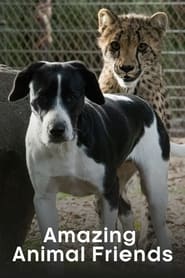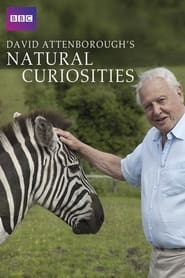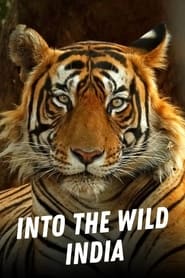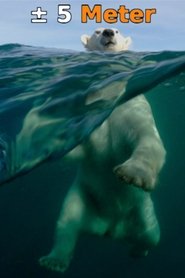- Created By
- First Aired on
Aug 13, 2014
- Popularity: 4.1555
- 1 votes
- Networks
- (GB)

- Production
BBC (GB)
- Status: Ended
Show Ended
1 seaons till Oct 29, 2014
Last episode: Birds of Prey
Seasons & episodes
Total 1 seasons, 12 episodes

Season 1
Aired

Episode 1Penguins30 min
At first sight, penguins seem ill-suited to their environment - rotund abdomens, stubby little legs and stiff wings appear to make the going tough. But in fact it is these very traits that enable this bird to thrive. Chris explores details of the penguin's anatomy, using new scientific research to reveal how its legs, wings and body shape have allowed it to conquer an extraordinary range of habitats, from deep forests to tropical waters, bustling cities and even the toughest place on the planet - Antarctica.
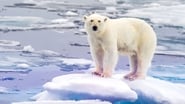
Episode 2Bears30 min
Bears can live in practically every habitat on earth, from tropical jungles to the Arctic Ocean. Wherever they occur, they are capable of surviving extreme conditions and extracting the highest quality food. Detailing the latest research, Chris Packham explores the specialised adaptations that have enabled bears to thrive, including how a polar bear's hollow fur allows it to feed throughout the gruelling Arctic winter, whilst a state of 'walking hibernation' sees them through the summer months.

Episode 3Big Cats30 min
Chris Packham delves beneath the skin of the big cats to explore what makes them such good hunters and reveals that it's not all about brawn. New scientific research shows how subtle adaptations in their anatomy and physiology contribute to the success of all stages of a big cat hunt - the stalk, the capture and the kill. Leg hairs help the leopard to stalk and intricate muscle fibres drive the snow leopard to capture its prey. For the jaguar, jaw muscles and whiskers combine to give it a precision bite that can take down a caiman and an enlarged area of the lionesses' brain gives them the edge over all their big cat cousins.
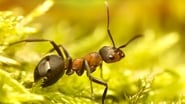
Episode 4Ants30 min
The 100 trillion ants in the world weigh as much as all the people on earth and have colonised the planet like no other animal. Chris Packham explores the ingenious ways in which ants have collaborated to achieve their global success - natural air-conditioning systems keep ants cool in their nests, shelters made from their own bodies protect nomadic ants from the elements and a sense of smell five times more powerful than other insects allows them to overpower animals hundreds of times larger than themselves. Remarkably, new research reveals how ant colonies are capable of immunising themselves against diseases.

Episode 5Foxes30 min
Across the planet carnivores are struggling to compete in a world with a rocketing human population, but one predator is bucking the trend - the fox. Its numbers are increasing and its geographical range expanding. Chris Packham explores the secrets to its success - its senses, its intelligence and its flexibility. New research reveals how its slit pupils enables it to hunt in the bright desert day; how it may be using the Earth's magnetic field to determine the location of prey during a pounce; and how regular exposure to rotting food is improving the health of the red fox, enabling it to hold its own in an increasingly urban landscape.
























